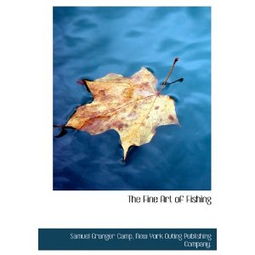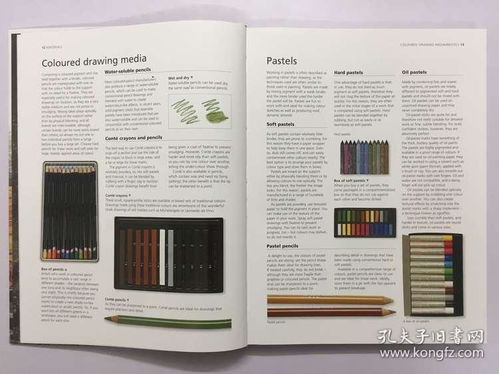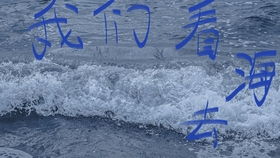Content:
Embarking on a fishing adventure is an exciting pursuit that requires a blend of patience, skill, and the right equipment. One of the most crucial components of successful fishing is the selection of the right fishing hooks. Understanding how to choose the perfect hooks and mastering the techniques to use them effectively can make all the difference between a rewarding day on the water and a frustrating one. Here's a comprehensive guide to buying fishing hooks and the essential techniques for fishing success.
Choosing the Right Fishing Hooks
Hook Size and Shape: The size and shape of the hook depend on the type of fish you're targeting. Larger hooks are suitable for bigger fish, while smaller hooks are ideal for delicate species. The shape, too, plays a role; for example, a long, slender hook is better for fish that can easily slip off a short, stubby one.

Hook Material: Hooks are typically made from various materials such as stainless steel, high-carbon steel, and brass. Stainless steel is corrosion-resistant and suitable for saltwater fishing, while high-carbon steel is durable and strong for heavy-duty fishing. Brass hooks are less durable but are great for fishing in freshwater due to their lower cost.
Bend Type: The bend of the hook can affect how it sits in the water and how it holds onto the fish. J-hooks are the most common and versatile, while W-hooks are better for catching fish that are less likely to pull the hook free.
Gamakatsu vs. Owner: These are two popular brands known for their quality hooks. Gamakatsu hooks are often preferred for their strength and sharpness, while Owner hooks are known for their durability and variety of shapes.
Fishing Techniques Using Hooks
Drop Shot Technique: This method involves a lightweight lure suspended just above the bottom with a small split shot weight. The fish are attracted to the lure's movement and the bait's natural appearance. The hook is usually placed just behind the weight or attached to the line with a swivel.
Spinnerbait Fishing: Spinnerbaits are effective for attracting fish with their bright colors and moving blades. Attach the spinnerbait to your line, and let it sink to the desired depth. Then, retrieve it with a steady retrieve, twitching the rod tip to make the blades spin and create a tantalizing flash.
Jigging: Jigging involves casting a heavy jig head and retrieving it in short, quick bursts. This action makes the lure look like a struggling baitfish, which can trigger strikes from predatory fish. Use a sharp hook and ensure it's properly seated in the jig head.
Fly Fishing: For fly fishing, the hook is often attached to a leader and tippet with a fly attached. The technique involves casting the line and leader with the fly at the end, then retrieving it in a manner that mimics the natural movement of the fly.
Bottom Bouncing: This technique is used in rivers and streams. You attach a weight to your line and let it sink to the bottom. Then, you slowly retrieve the line, allowing the lure to bounce off the bottom, triggering strikes from fish that may be holding tight to the bottom.
Maintaining Your Hooks
Proper hook maintenance is crucial for ensuring they remain sharp and effective. Here are some tips:
- Regular Cleaning: After each use, clean your hooks thoroughly to remove any debris or fish slime.
- Sharpening: Regularly check the sharpness of your hooks and sharpen them if necessary. A file or hook sharpener can be used for this purpose.
- Storage: Store your hooks in a dry, cool place to prevent rust and corrosion.
In conclusion, buying the right fishing hooks and mastering the techniques to use them effectively are key components of a successful fishing experience. By understanding the types of hooks available, their uses, and the best techniques to employ, you'll be well on your way to becoming a proficient angler. Remember, practice makes perfect, so get out there and start honing your skills on the water!












